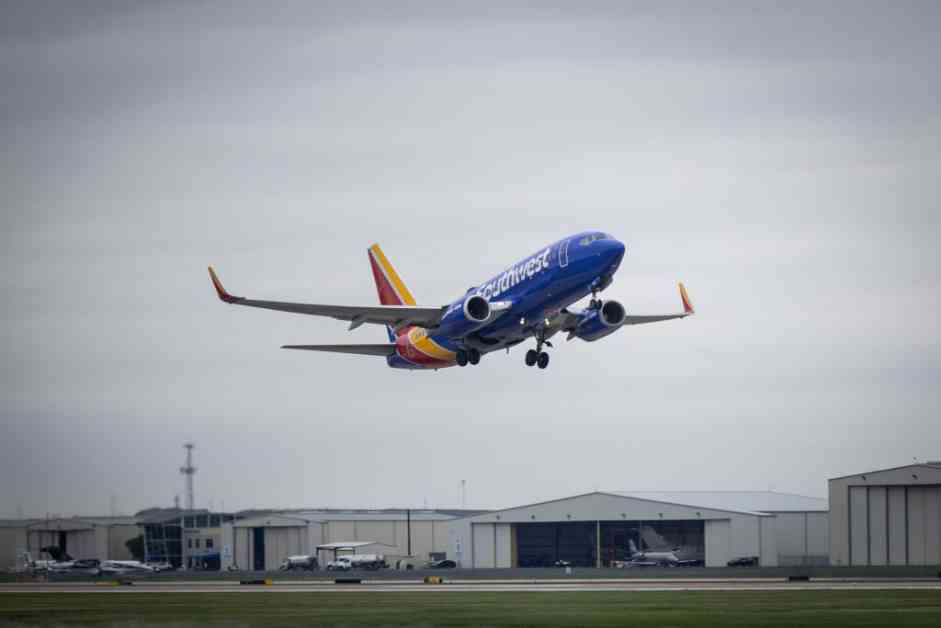Southwest Airlines Faces Unprecedented Layoffs Amidst Industry Challenges
Southwest Airlines, a stalwart in the aviation industry for 53 years, has recently made a historic decision to implement mass layoffs, marking a significant departure from its longstanding legacy. The Dallas-based airline is set to reduce its workforce by 15%, predominantly affecting its corporate staff, with a notable concentration in the Dallas area.
According to Alison Sider, a reputable journalist covering the airline sector for the Wall Street Journal, the layoffs will not impact pilots, flight attendants, or other frontline workers. Instead, the brunt of the cuts will be felt within the headquarters, staff, corporate functions, and leadership roles of the company. Sider elaborated on the rationale behind these drastic measures, citing Southwest’s imperative need to curtail costs, given its aggressive recruitment efforts in recent years.
CEO Bob Jordan emphasized the disproportionate expansion of the corporate workforce compared to the airline’s overall growth, prompting a strategic realignment to enhance financial performance. Investors have exerted mounting pressure on Southwest to streamline its operations and bolster profitability, thereby catalyzing the organization’s shift towards a leaner, more sustainable model.
The layoffs represent a pivotal component of Southwest’s broader transformation plan, aimed at revitalizing the carrier’s operational framework and revenue generation strategies. Sider underscored the imminent changes that loyal passengers can expect, such as revised boarding and seating policies, indicative of the airline’s evolving business approach.
While these structural modifications may take time to materialize fully, Southwest is actively exploring avenues to enhance operational efficiency in the interim. Furthermore, the airline recently announced the impending departure of its chief transformation officer, Ryan Green, in a move that signals further leadership adjustments within the organization.
Navigating a tumultuous landscape fraught with competitive pressures and economic uncertainties, Southwest grapples with industry-wide challenges compounded by its distinct market positioning. Sider highlighted the confluence of factors contributing to Southwest’s predicament, including escalating labor costs post-pandemic, inflationary trends, and shifting consumer preferences that diverge from the airline’s traditional customer base.
In an era marked by heightened demand for premium travel experiences and value-added services, Southwest faces the imperative to recalibrate its offerings and revenue streams to align with evolving market dynamics. The company’s strategic realignment underscores a pivotal juncture in its storied history, as it strives to navigate the complexities of a rapidly transforming aviation landscape.
As Southwest embarks on a new chapter defined by operational recalibration and strategic restructuring, the airline industry awaits with bated breath to witness the outcome of these sweeping changes. The resilience and adaptability demonstrated by Southwest in the face of adversity underscore its unwavering commitment to sustainable growth and long-term viability in a fiercely competitive market.
Your contribution supports our ongoing commitment to delivering high-quality journalism that informs, engages, and empowers our readership. Your generosity enables us to uphold the standards of excellence that define our journalistic ethos and ensure that vital news coverage remains accessible to all. Thank you for investing in independent journalism and supporting our mission to deliver impactful storytelling that resonates with audiences worldwide.















